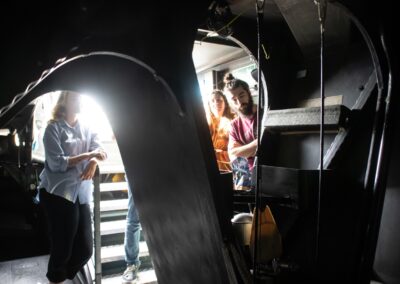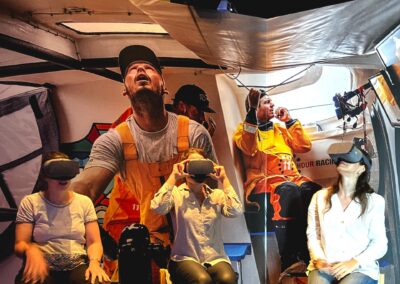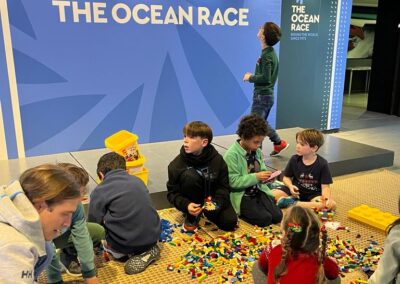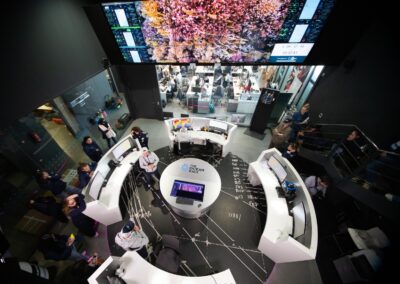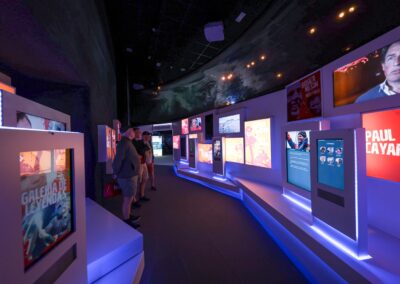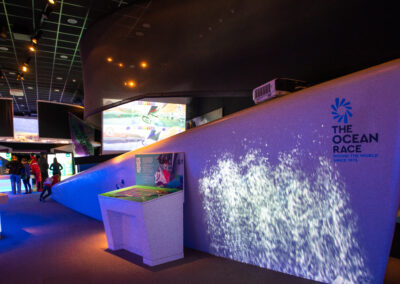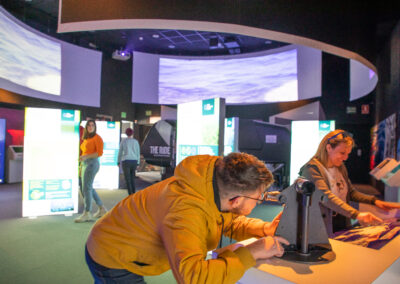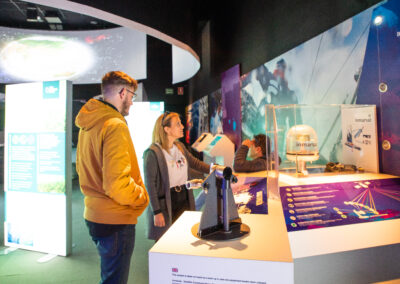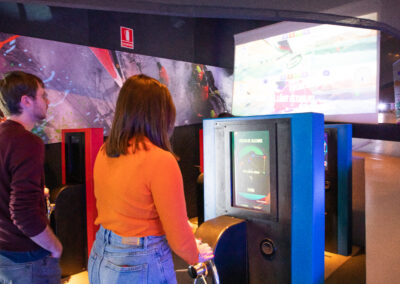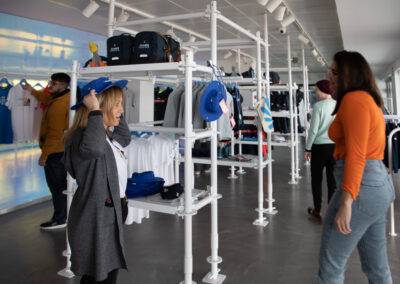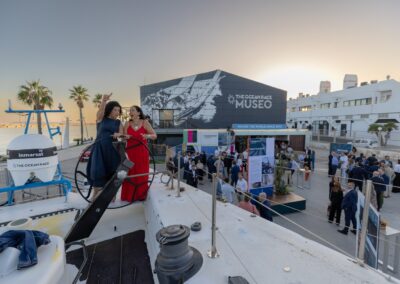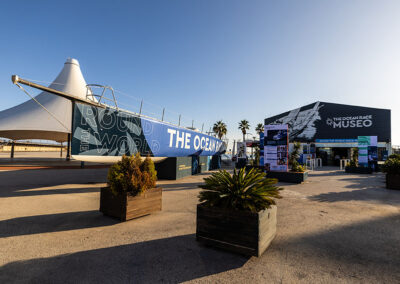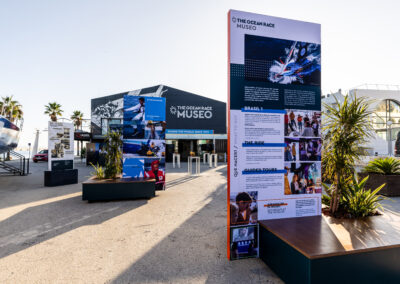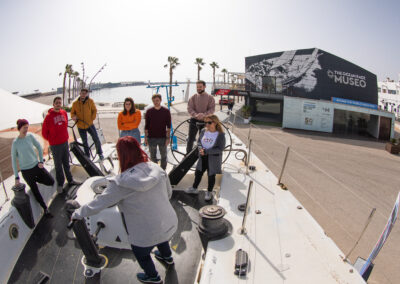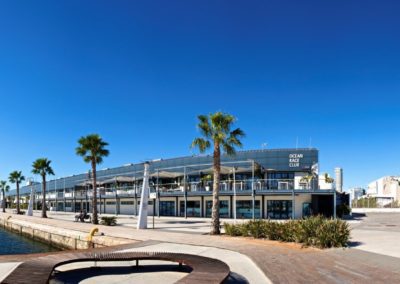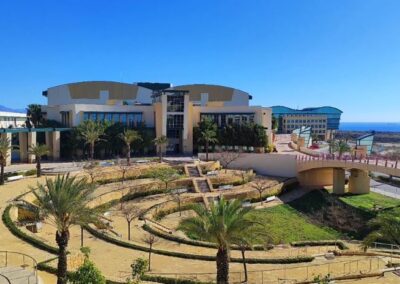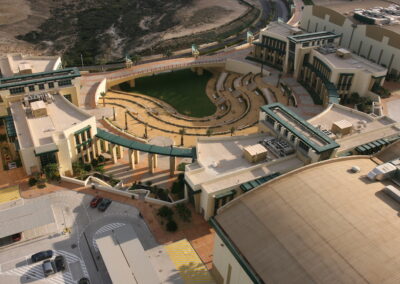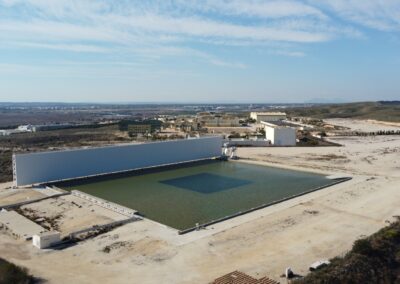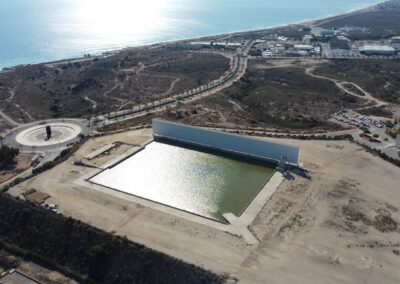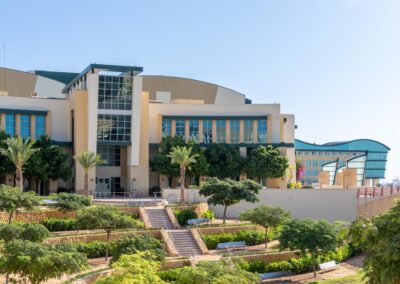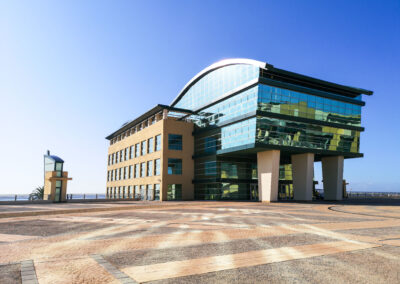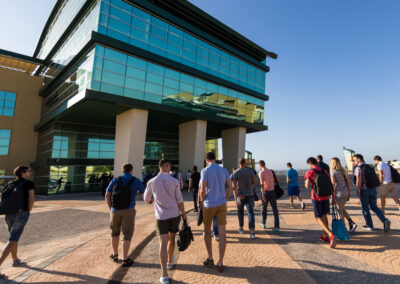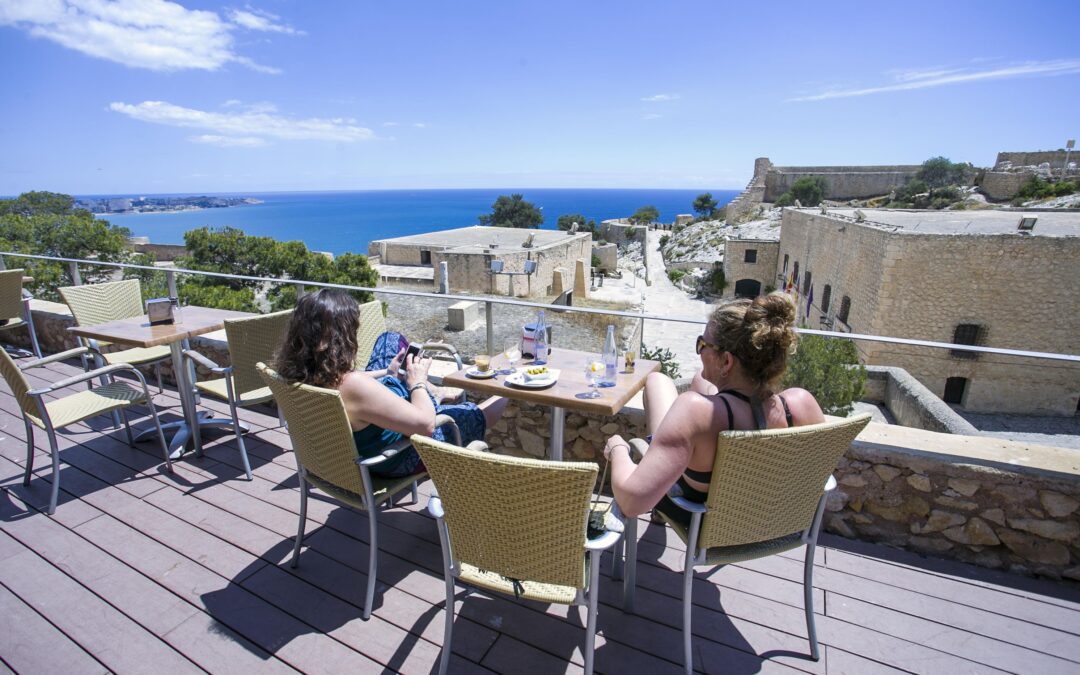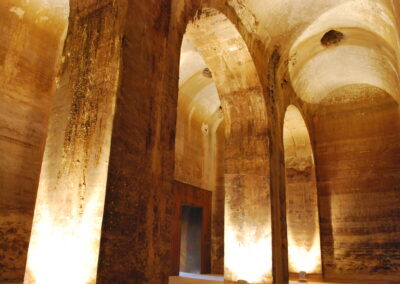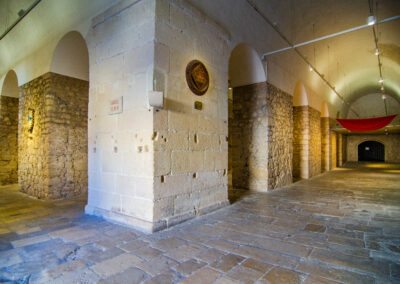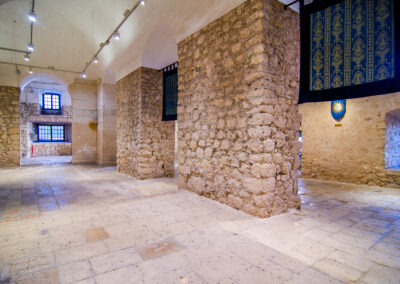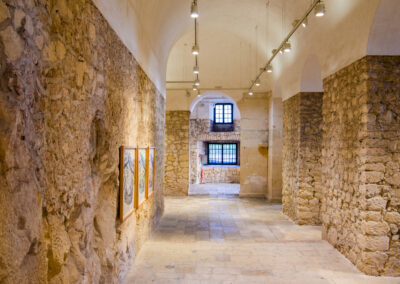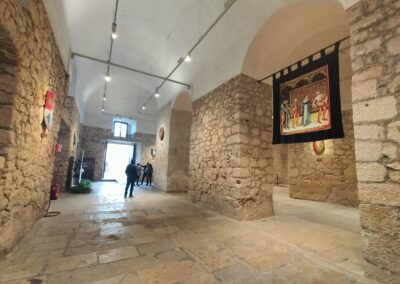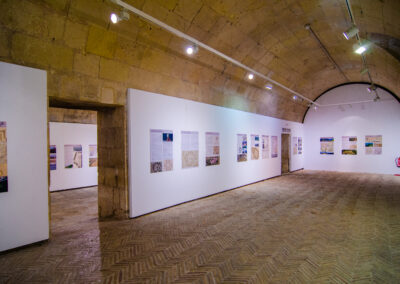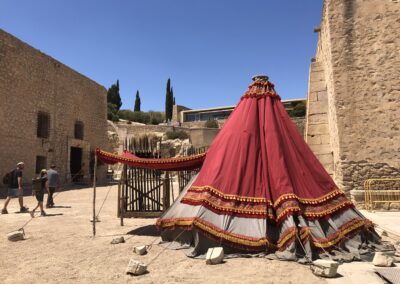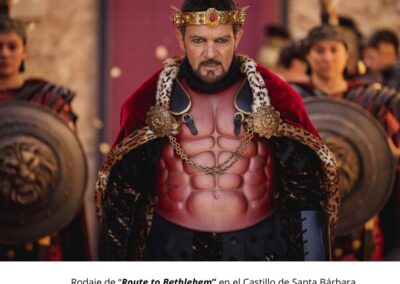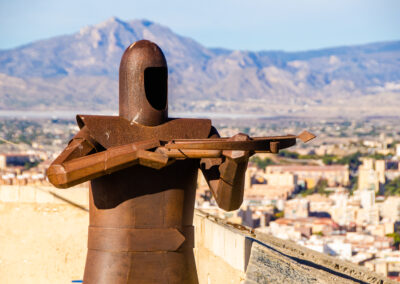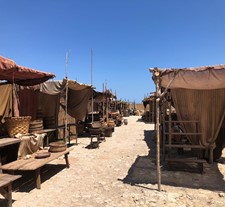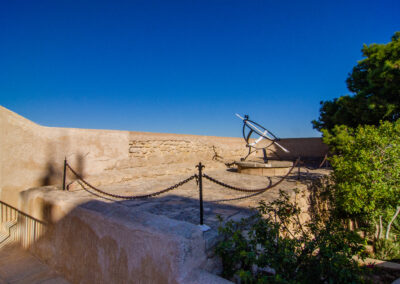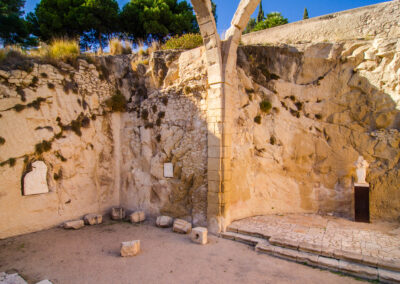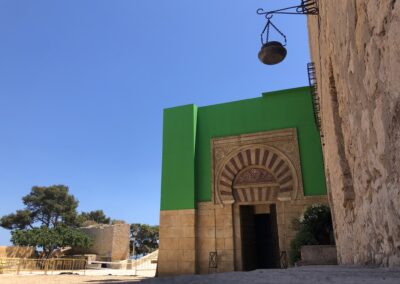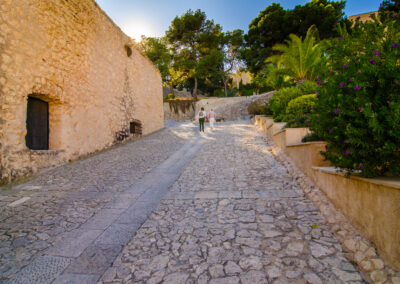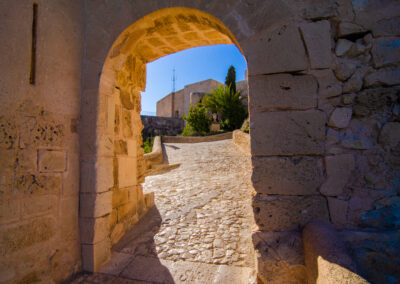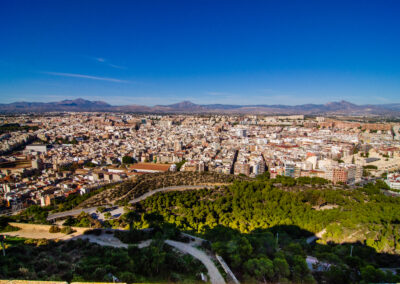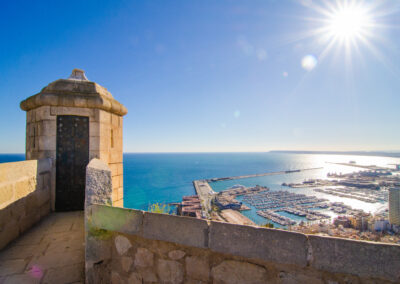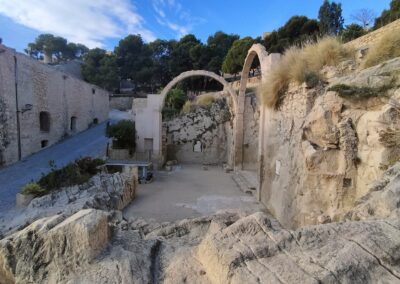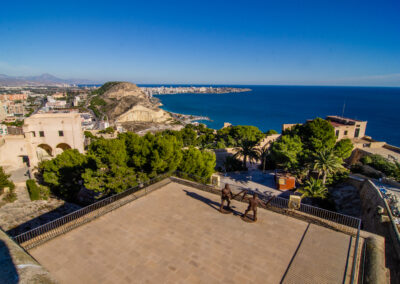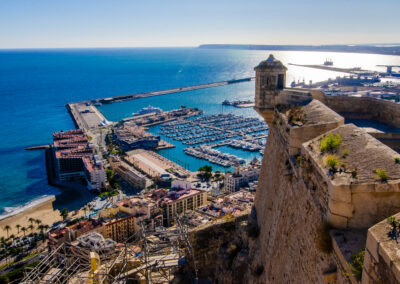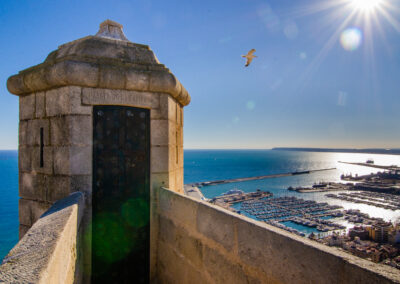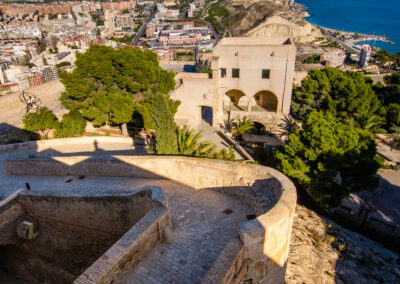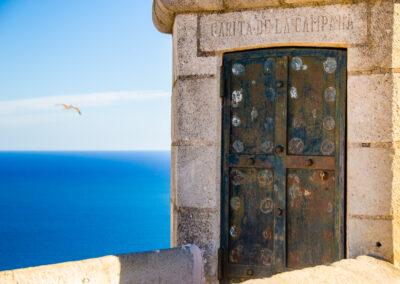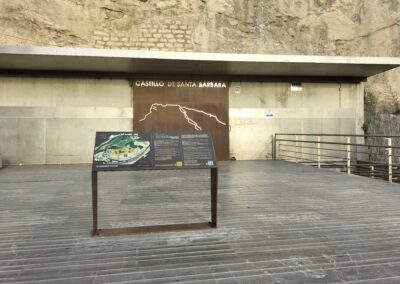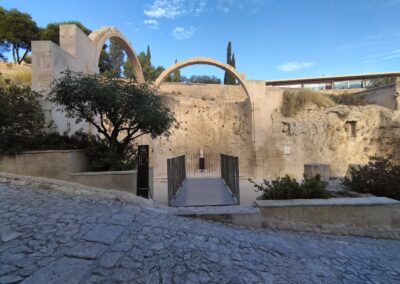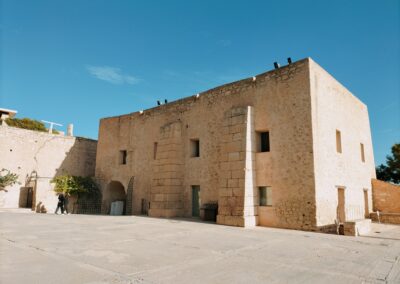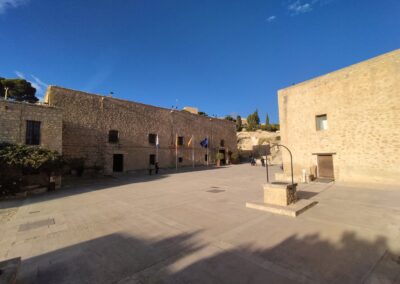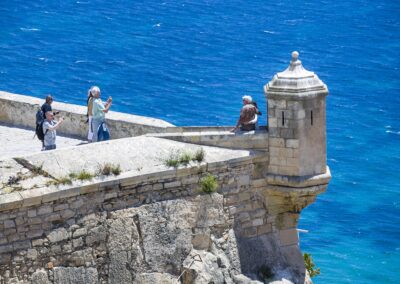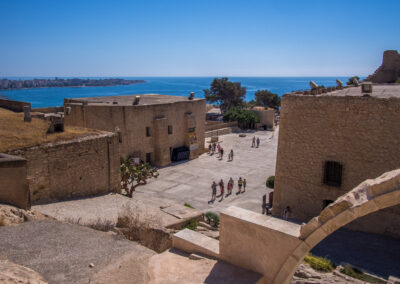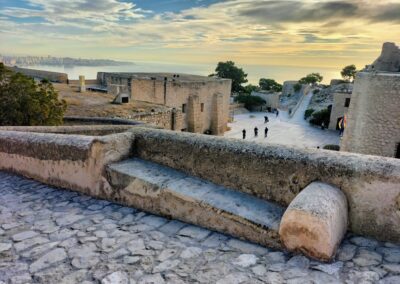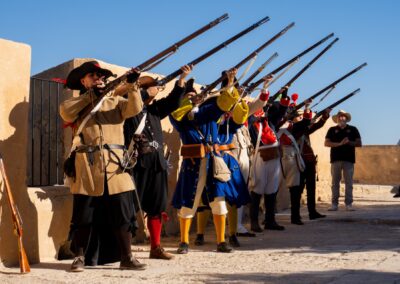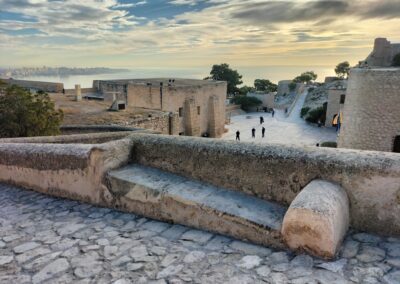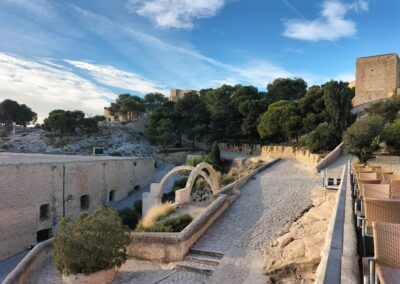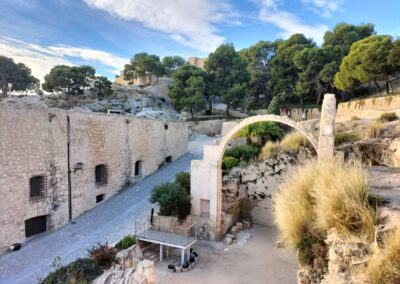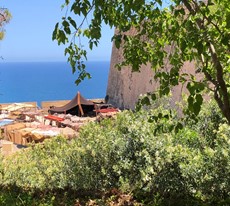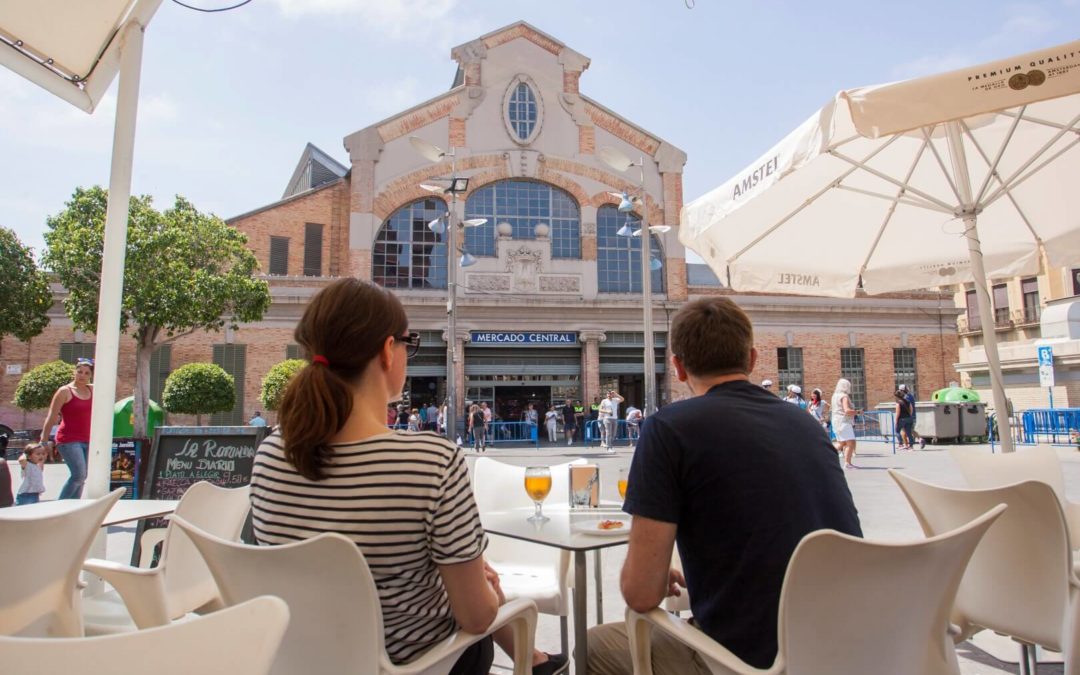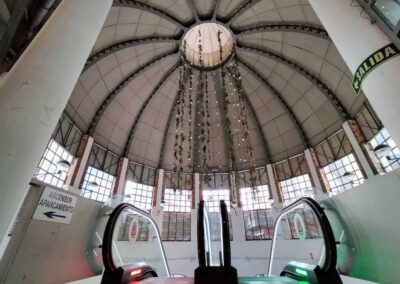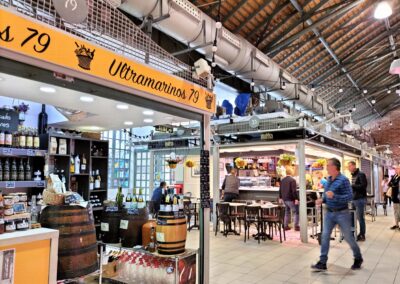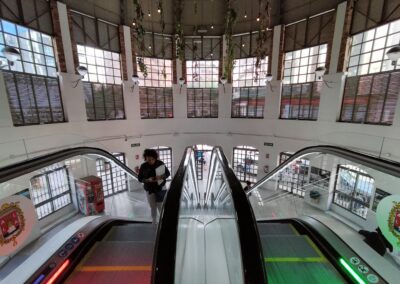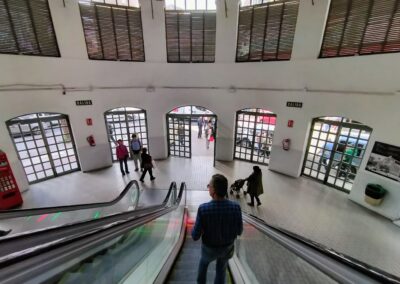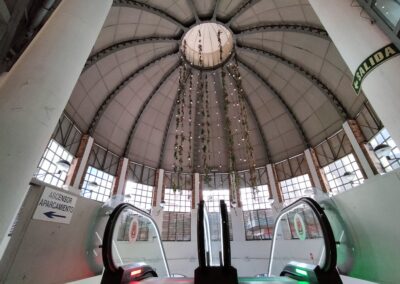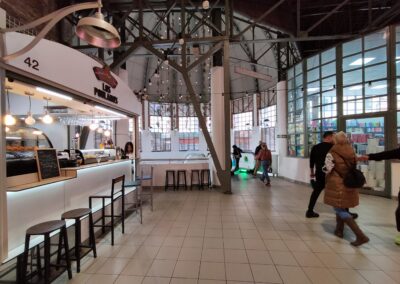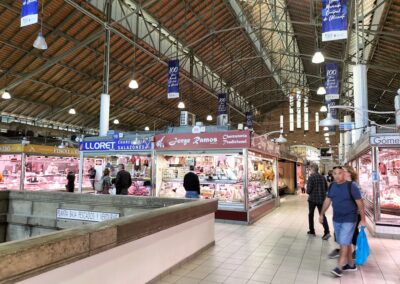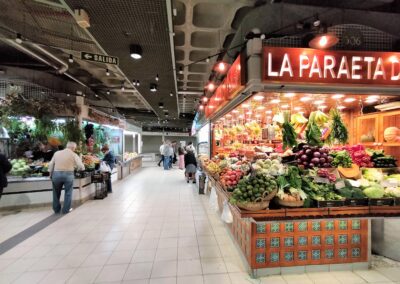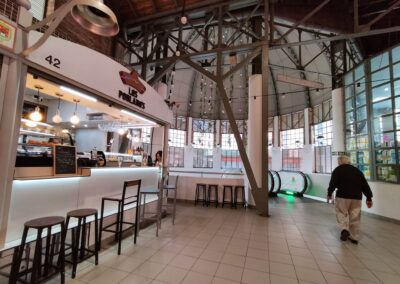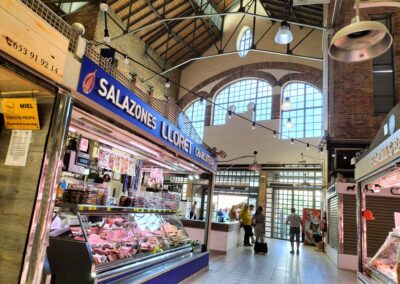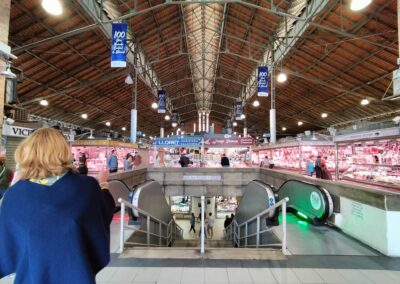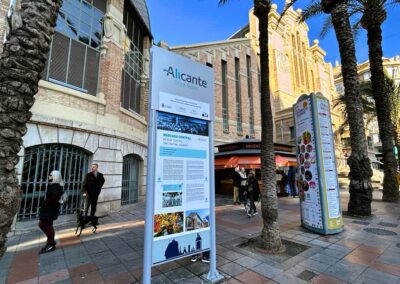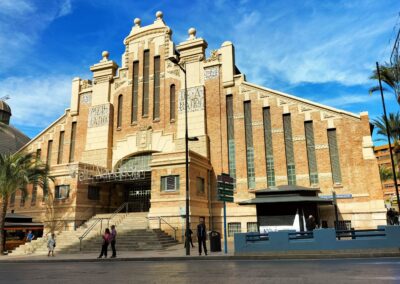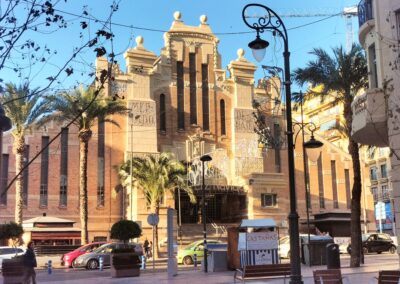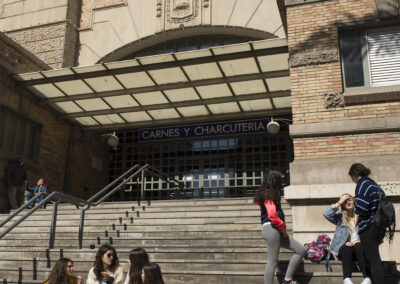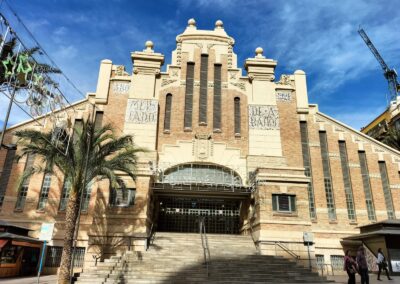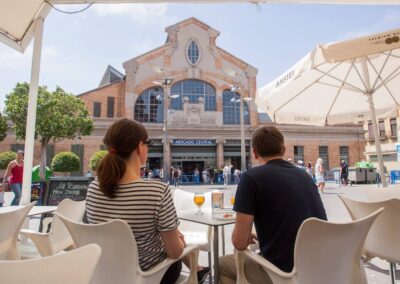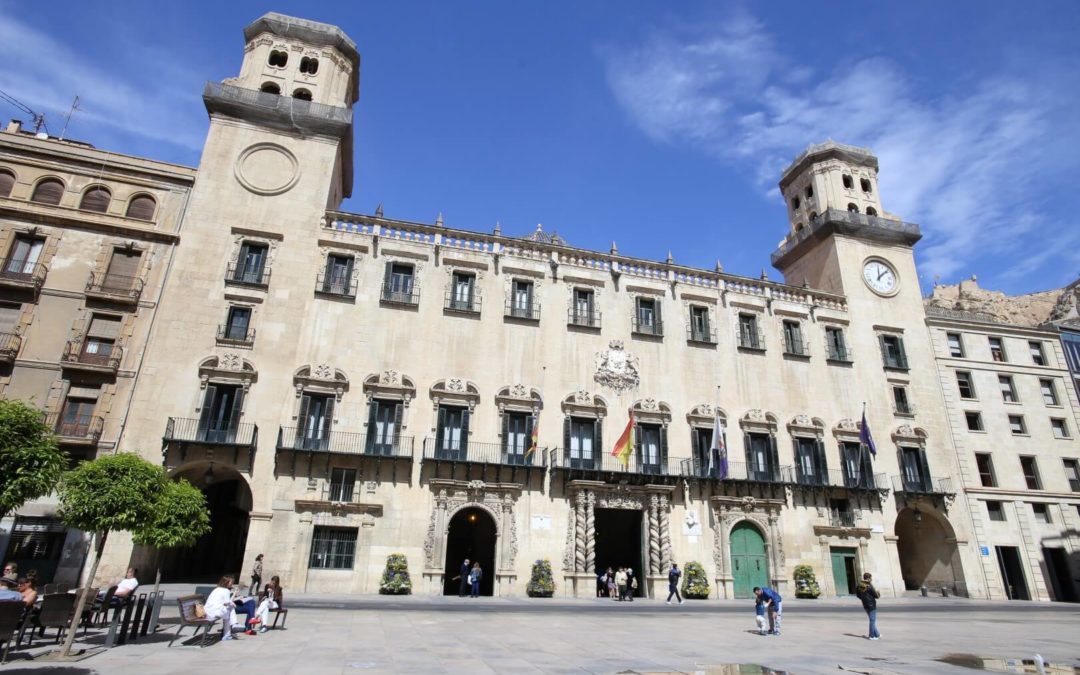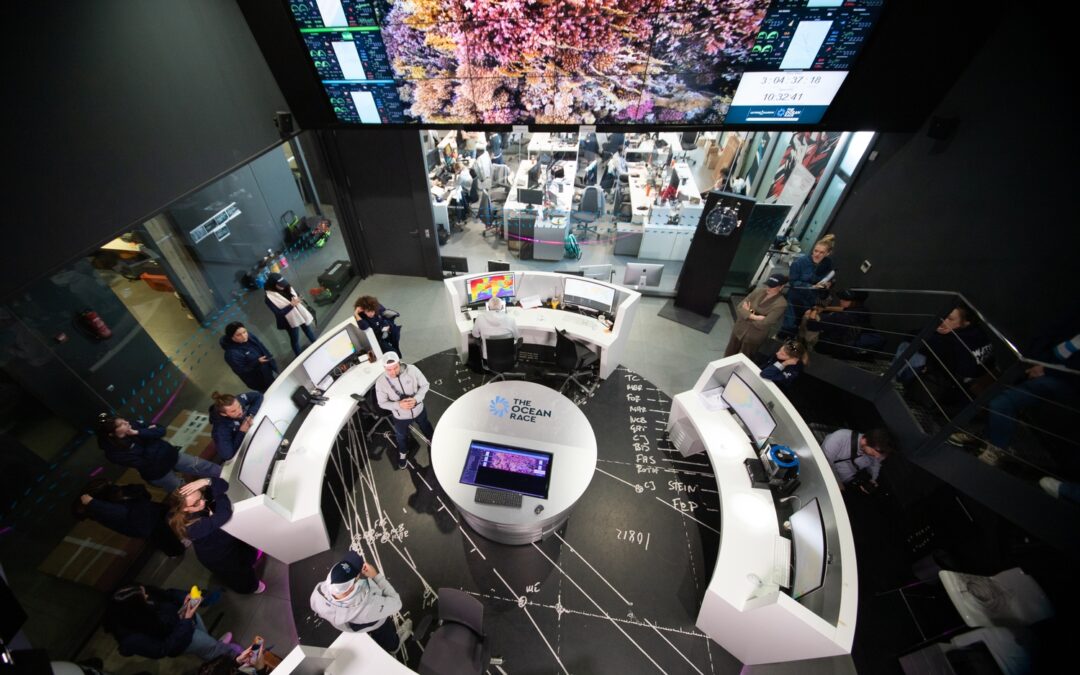
The Ocean Race Museum & Headquarter
Practical Information
The Ocean Race Museum, located in the former passenger terminal at Pier 10 of Levante, has been transformed into a modern facility offering an interesting environment for film projects. This museum, dedicated to The Ocean Race—the longest and toughest professional sporting event in the world and one of the three major sailing competitions alongside the Olympic Games and the America’s Cup—blends the history of the international regatta with cutting-edge technology and ocean conservation, providing a unique and dynamic setting for audiovisual productions.
Filming availability
The Ocean Race Museum and its HQ are open to collaboration with the film industry and offer flexibility in scheduling film shoots. It is advisable to contact the museum administration in advance to arrange specific dates and obtain the necessary filming permits. Availability outside regular visiting hours can facilitate uninterrupted shoots, ensuring a controlled environment without public presence.
Best days for filming
Weekdays, particularly Monday through Thursday, are ideal, as visitor traffic is lower. These days allow greater freedom to set up the production and ensure uninterrupted filming. The museum is closed to the public on Mondays and Tuesdays. Early morning or late afternoon shoots take advantage of natural light while minimizing distractions.
Features and facilities
The museum and its HQ offer a variety of spaces suitable for different types of scenes:
- Interactive Elements and Games: Areas featuring interactive exhibits and games provide a modern, educational backdrop, ideal for scenes requiring dynamism and technology.
- Brasil 1 Racing Yacht: An accessible yacht located in the museum’s outdoor area, offering an authentic maritime setting perfect for sailing and adventure-related shots. This Volvo Open 70 model circumnavigated the globe in the 2004–05 edition of the race.
- Regatta Control Room: This high-tech satellite communication center, the only land-based contact point for the race’s competing boats, has been dubbed “the NASA of the sea” by the media. It is an ideal setting for scenes requiring an advanced technology and control environment.
- Museum Shop and Café: The museum shop and the café on the upper floor, with their sleek and modern design, serve as versatile settings for various situations. The café’s terrace offers panoramic views of the harbor, adding significant visual appeal.
- Proximity to Key Locations: The museum’s close proximity to the Marina, the Cruise Terminal, and Postiguet Beach provides additional options for outdoor filming with maritime and urban landscapes.
Additional services
The museum is fully equipped to support audiovisual productions, offering:
- High-Speed Internet Access: Essential for communication and real-time data transfer.
- Storage and Logistics Areas: Available spaces for storing film equipment and other materials.
- Dedicated Dressing Room Spaces.
- On-Site Support Staff: Museum personnel are available to assist with coordination and logistics during filming.
- Parking: Convenient parking facilities for production vehicles on the premises.
Where to apply for filming permits
The Ocean Race Museum & Head Quarter

